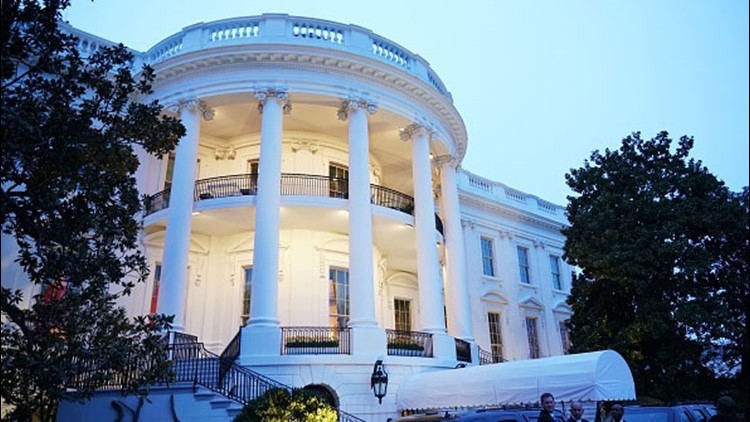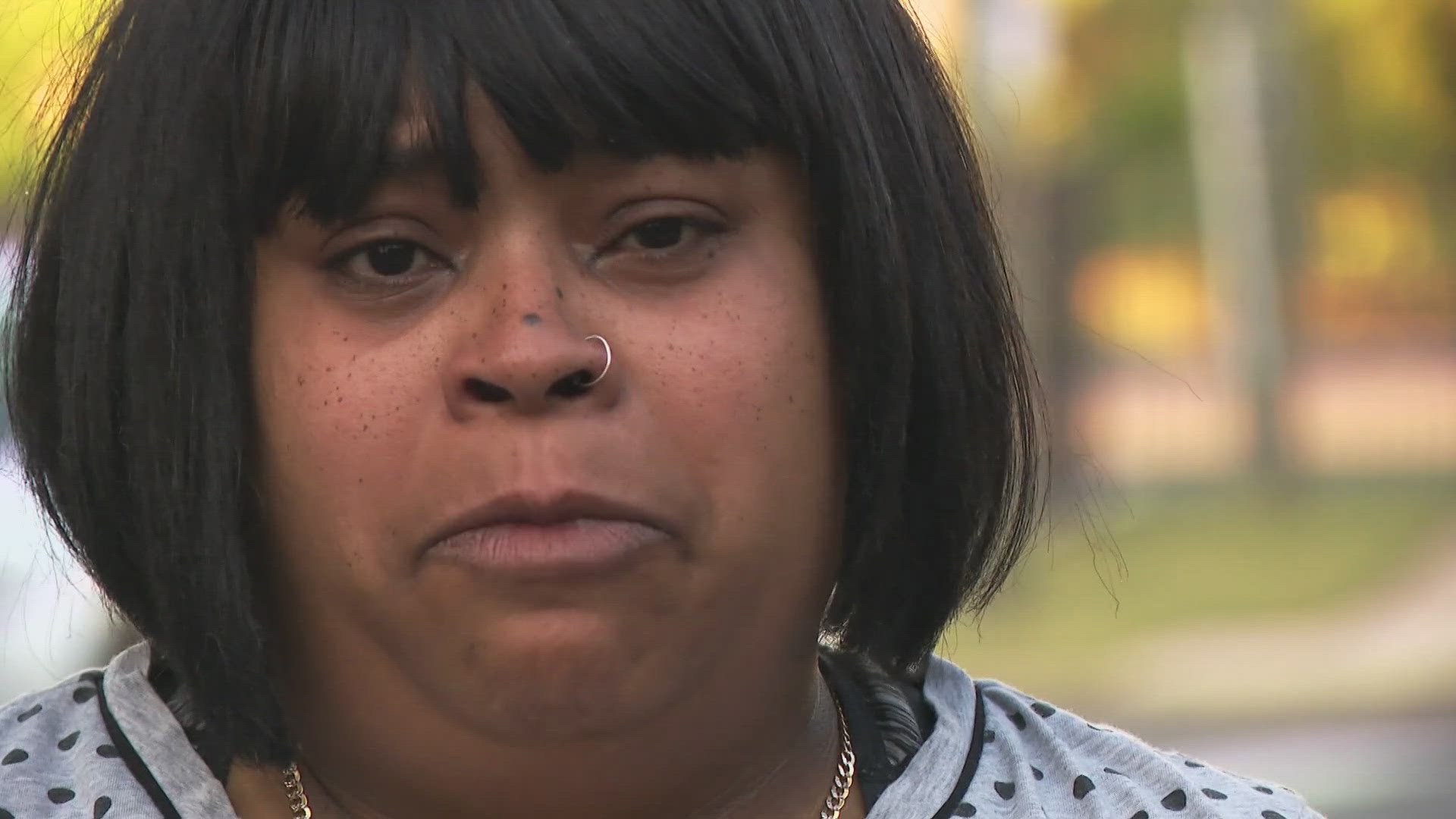WASHINGTON – It was among the most devastating days in the nation’s history, August 24, 1814.
The Americans evacuated, and the British burned Washington, a crescendo of vengeance in the War of 1812.
The Union Jack flew over the United States Capitol, and the days of the young republic appeared to be numbered.
But the lesser known story is perhaps not of the capital’s conflagration punctuated by First Lady Dolley Madison’s frantic rescue of George Washington’s portrait from plunder.
There was a storm – perhaps a hurricane as noted at the time – a weather event that came to be known as “the storm that saved Washington.”
The small British force never intended to occupy the city, but their stay may have been cut short by the freak weather event, limiting Washington’s occupation to 26 hours.
Heavy thunderstorms and even a tornado touched down within the center of the young city, lifting cannons, killing civilians and British soldiers.
Local meteorologists recorded an account of the storm in a 19 century compilation titled, “Washington Weather.”
“As the British troops were preparing to leave, a conversation was noted between the British Admiral and a Washington lady regarding the storm: The admiral exclaimed, ‘Great God, Madam! Is this the kind of storm to which you are accustomed in this infernal country?’”
“The lady answered, ‘No, Sir, this is a special interposition of Providence to drive our enemies from our city.’ The admiral replied, ‘Not so, Madam. It is rather to aid your enemies in the destruction of your city.’
The winds tore off roofs and damaged previously untouched structures. But bonfires built within the White House and U.S. Capitol were smothered, leaving the walls standing.
The ravaging of the new capital rallied the nation, a call to arms that contributed to a victory in Baltimore three weeks later- bombs bursting in air, gave proof through the night, that our flag was still there.



